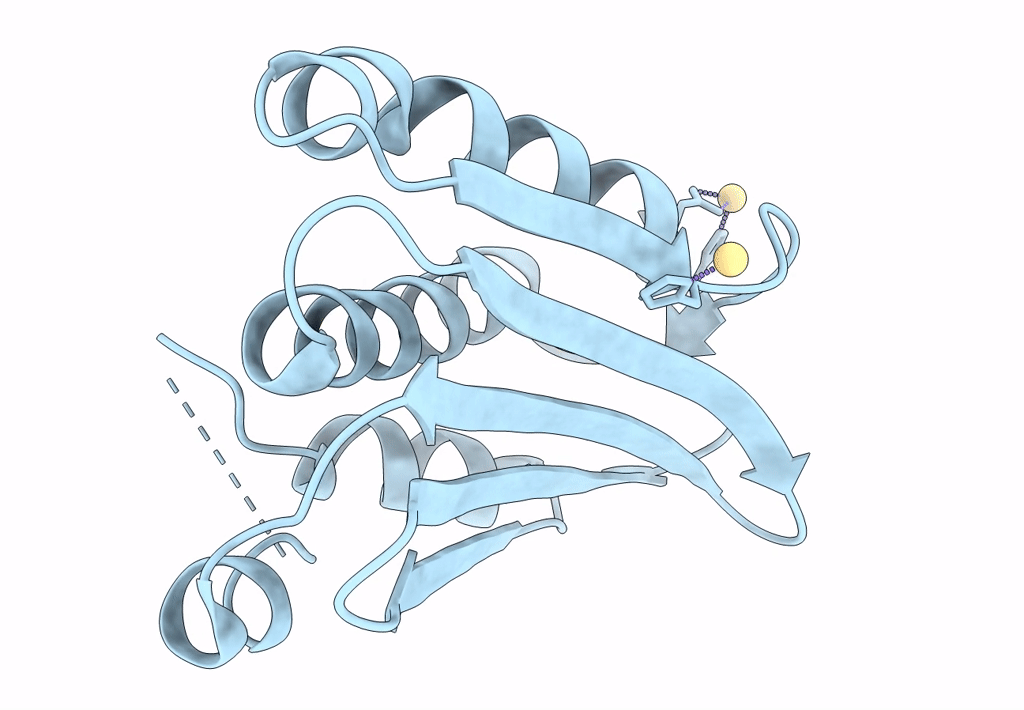
Deposition Date
2022-08-02
Release Date
2023-03-22
Last Version Date
2024-05-22
Method Details:
Experimental Method:
Resolution:
2.21 Å
R-Value Free:
0.23
R-Value Work:
0.18
R-Value Observed:
0.18
Space Group:
P 21 21 2


